10 Everyday Rituals Boomers Cherish That Millennials Will Never Fully Get

Growing up in different eras shapes how we experience the world in surprising ways. Baby boomers came of age in a time when life moved slower, connections felt deeper, and everyday routines carried more intention. Many of the small rituals they hold dear have faded into the background as technology and busy schedules take over, leaving younger generations wondering what all the fuss is about.
1. Brewing a Proper Cup of Coffee
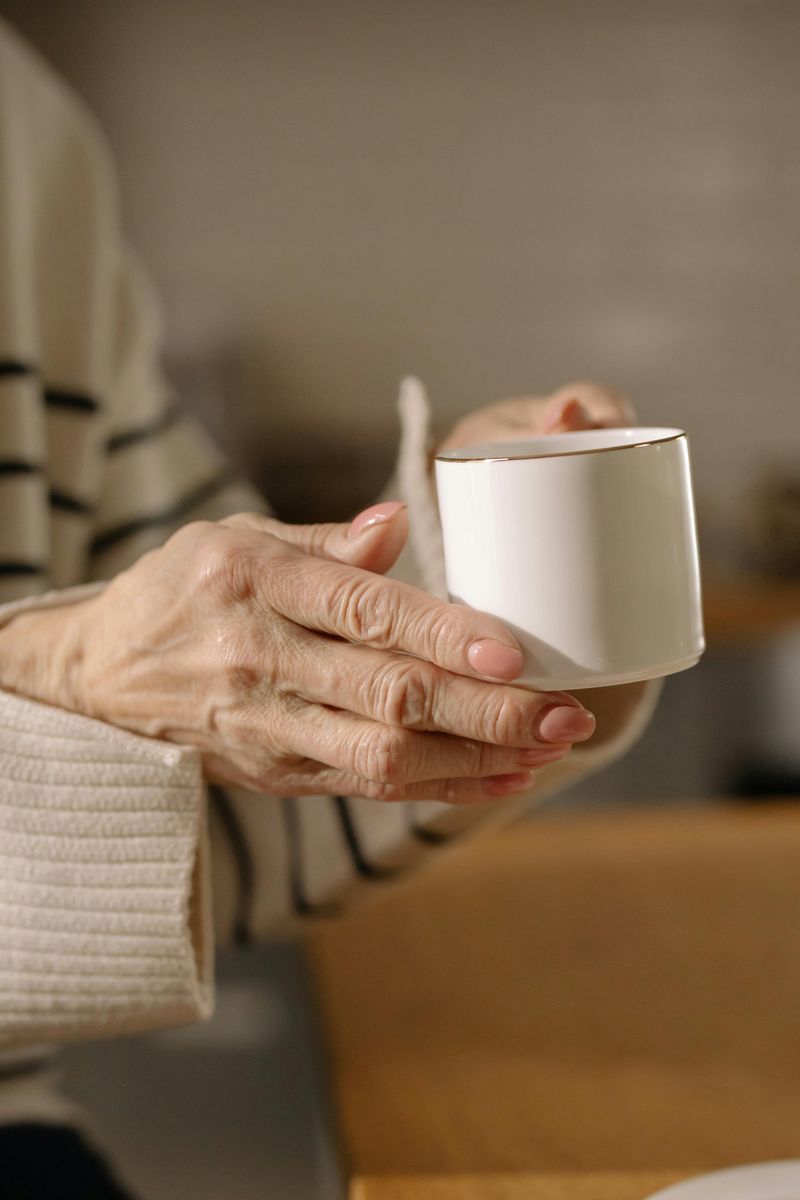
Back before single-serve pods and drive-through espresso bars, making coffee was an experience worth savoring. Boomers remember measuring out whole beans, hearing the satisfying crunch of the grinder, and waiting as the rich aroma filled every corner of the kitchen.
The ritual wasn’t rushed or automated—it demanded presence. Boiling water to just the right temperature, watching it drip slowly through the filter, and finally pouring that first steaming cup felt like a reward for patience.
Today’s grab-and-go coffee culture misses that mindful pause. For many boomers, brewing coffee wasn’t just about caffeine—it was about starting the day with intention, calm, and a moment entirely their own before the world demanded attention.
2. Writing by Hand

Putting pen to paper once felt as natural as breathing. Whether drafting a heartfelt letter, jotting down grocery lists, or keeping a personal journal, handwriting carried weight and personality that keyboards simply can’t capture. Each loop and slant revealed something about the writer.
Boomers often describe the tactile satisfaction of ink gliding across paper—the focus it required, the creativity it sparked. Mistakes couldn’t be undone with a backspace key, so every word mattered more. Receiving a handwritten note felt deeply personal, like holding a piece of someone’s time and thought.
Millennials grew up typing, swiping, and texting. Handwriting has become almost optional, reserved for signatures and birthday cards, losing the intimate connection boomers still treasure in every stroke.
3. Sitting Down for Dinner Without Screens
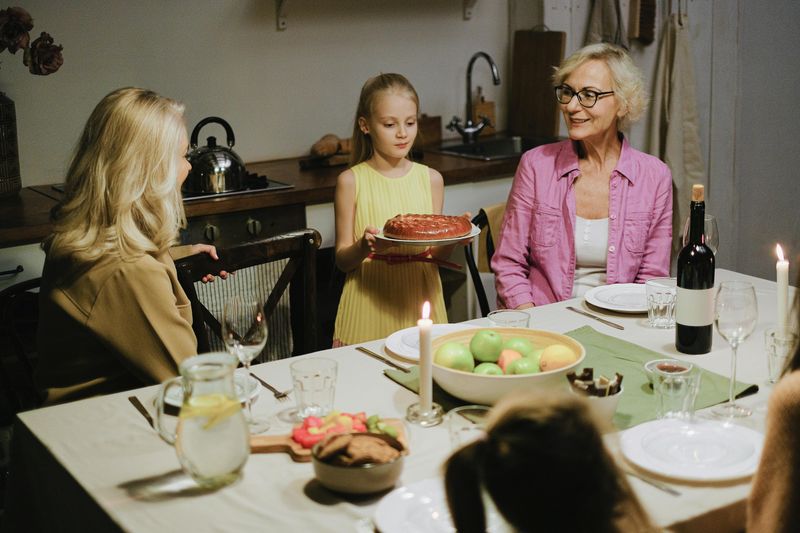
Dinner used to be sacred time—a daily gathering where families reconnected after busy days. Plates were passed, stories were shared, and laughter echoed around the table. No buzzing phones interrupted the flow of conversation, and no one scrolled through feeds between bites.
Boomers recall the comforting predictability of these meals: everyone present, engaged, and genuinely listening. Homemade dishes brought people together in ways takeout never could. Eye contact mattered, jokes landed better, and even disagreements felt more real when discussed face-to-face.
Today’s dinner tables often feature silent diners glued to screens, multitasking through meals. That undistracted togetherness—the heart of family connection—feels increasingly rare, making it something boomers miss deeply.
4. Talking on the Phone—A Real, Unhurried Call

Before texting became the default, phone calls were how friendships flourished and relationships deepened. Boomers remember stretching the spiral cord across the room, settling into a comfortable spot, and talking for hours without checking the time. Voices carried emotion that emojis never will.
Conversations meandered through topics—funny stories, serious worries, mundane updates—all flowing naturally without the pressure to be brief or efficient. Hearing someone laugh, sigh, or pause said more than any typed message could convey. Calls weren’t interruptions; they were invitations to truly connect.
Millennials often avoid phone calls, preferring quick texts or voice notes. That unhurried intimacy, where silence felt comfortable and conversations weren’t rushed, remains a generational divide boomers still feel.
5. Reading the Newspaper in the Morning
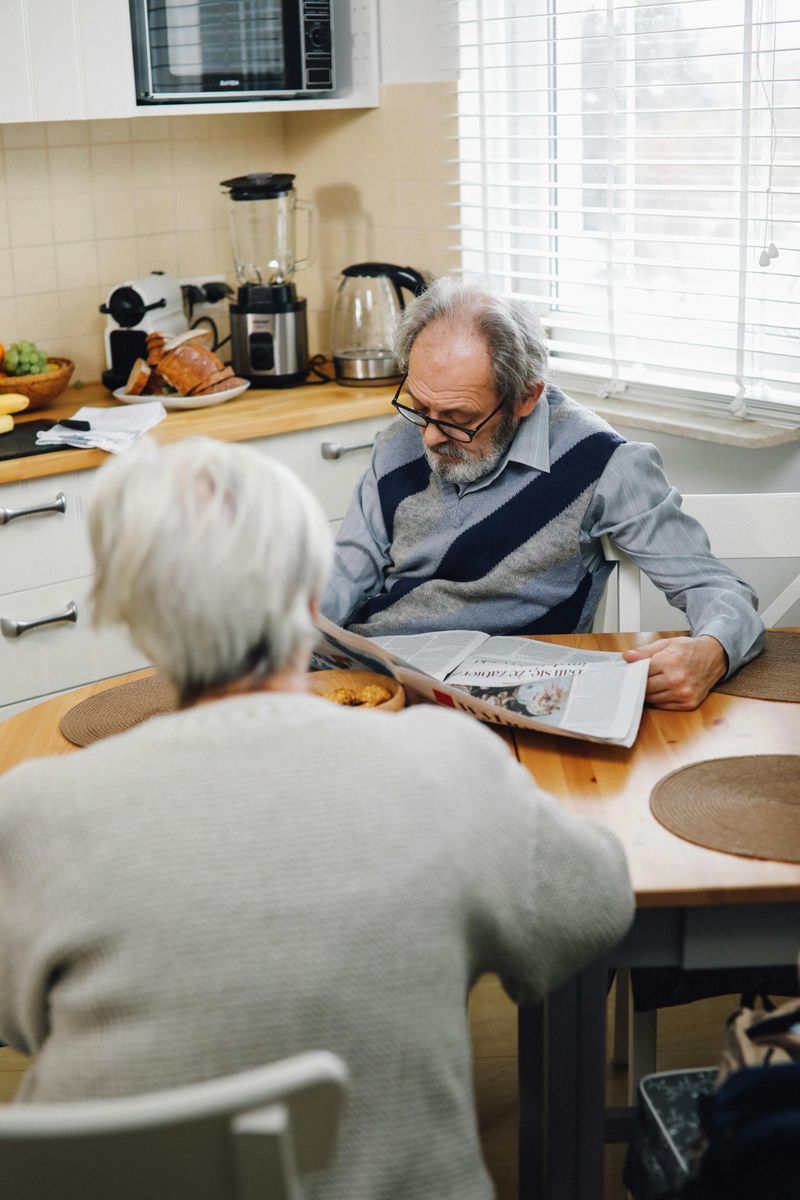
The morning newspaper was more than just news—it was a ritual steeped in sensory pleasure. Boomers fondly recall the satisfying rustle of unfolding broadsheet pages, the distinct smell of fresh ink, and the quiet comfort of sipping coffee while catching up on world events before the day truly began.
Each section had its place: headlines first, then sports, maybe the comics or crossword. Reading felt deliberate, unhurried, and grounding. There were no push notifications, no endless scrolling, just curated stories printed on paper you could fold, circle, or save.
Millennials get their news instantly online, often in fragmented bursts. That calm, focused morning routine—a tangible paper in hand—offered a slower, more intentional start that digital feeds rarely replicate.
6. Taking Photographs That Actually Meant Something

Photography used to require thought, patience, and intention. With only 24 or 36 exposures per roll, every click of the shutter mattered. Boomers remember carefully choosing moments worth capturing—birthdays, vacations, milestones—because film and developing cost money and time.
After snapping photos, anticipation built while waiting days or weeks for prints to return from the lab. Flipping through finished photos felt magical, almost like unwrapping gifts. Each image told a story, preserved a memory, and earned its place in albums lovingly assembled by hand.
Millennials snap hundreds of photos daily, deleting most without a second thought. That scarcity and intentionality—the weight each photograph carried—made them treasures boomers still hold dear in ways digital galleries rarely achieve.
7. Window Shopping
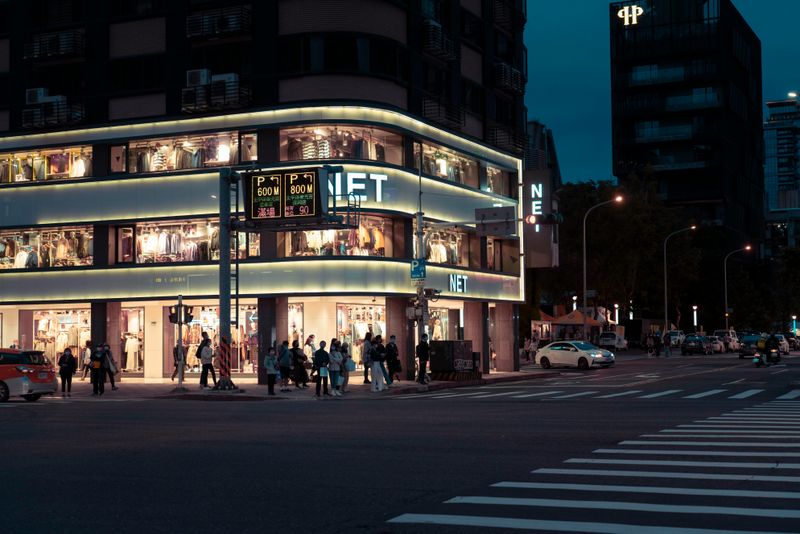
Wandering through downtown streets or bustling malls wasn’t always about buying—it was about enjoying the experience. Boomers recall window shopping as a leisurely pastime: admiring creative displays, chatting with friendly shopkeepers, and soaking in the energy of vibrant town centers without pressure to purchase anything.
Strolling with friends or family, stopping to comment on fashions or gadgets, and maybe grabbing a coffee along the way made for relaxing afternoons. The journey mattered more than the destination, and human interaction enriched every outing.
Online shopping has replaced much of that social ritual. Millennials browse from couches, missing the tactile pleasure of touching fabrics, the spontaneity of discovering something unexpected, and the simple joy of people-watching while exploring physical spaces.
8. Sending Handwritten Thank-You Notes
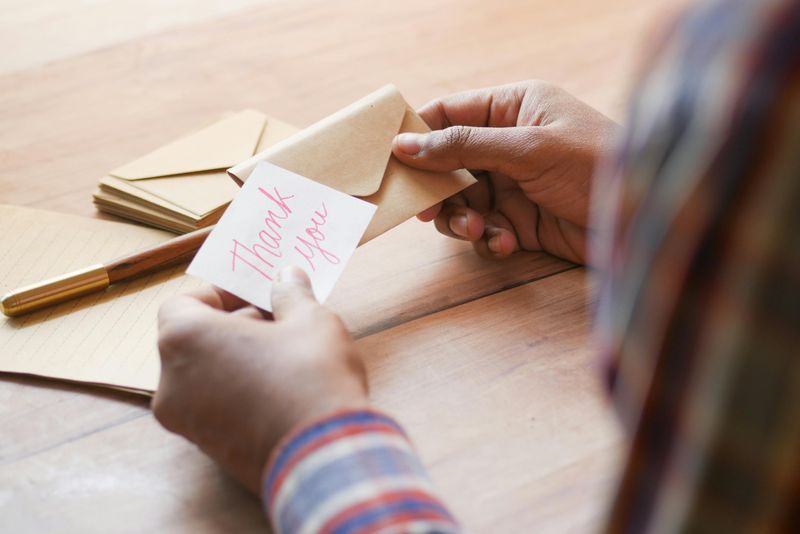
Gratitude once arrived on cardstock, written in careful script and sealed in an envelope. Boomers were raised believing thank-you notes weren’t optional—they were essential expressions of appreciation that showed respect and thoughtfulness. Selecting pretty stationery, choosing the right words, and mailing them felt meaningful.
Recipients could hold those notes, display them, or tuck them away as keepsakes. The effort behind handwritten thanks made the gesture feel genuine and significant, far beyond a quick text or email.
Millennials often send digital thank-yous or skip them altogether, viewing handwritten notes as outdated or inconvenient. But for boomers, that tangible token of gratitude—something you could touch and treasure—remains a cherished tradition that electronic messages simply can’t replace.
9. Tuning in to the Evening News Together
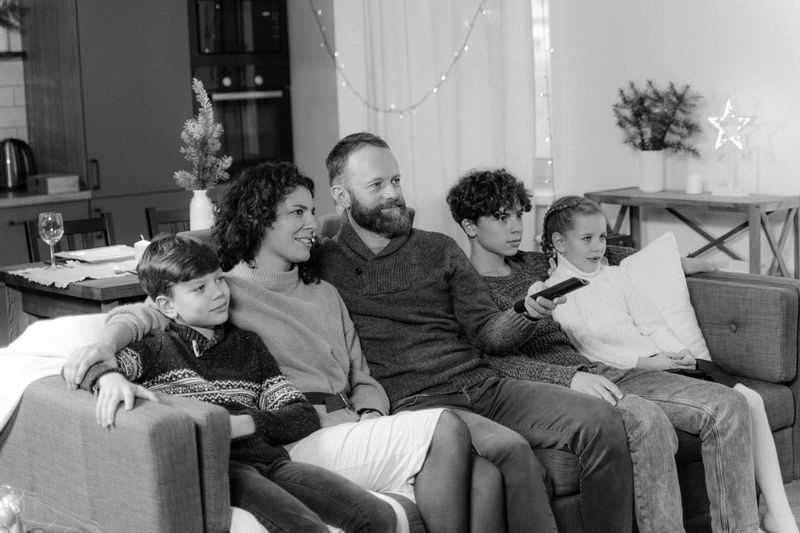
At six o’clock sharp, families gathered around the television for the evening news. Trusted anchors like Walter Cronkite or Tom Brokaw delivered the day’s stories with authority and calm, creating a shared national experience. Watching together wasn’t just about staying informed—it was a communal ritual that grounded the household.
Conversations often followed: discussing headlines, debating issues, or simply processing world events as a family. The news felt finite—a half-hour window that began and ended, rather than an endless stream of updates.
Millennials consume news constantly through social media, often alone and overwhelmed by information overload. That collective, scheduled moment of connection and reflection around the TV remains a comforting memory boomers hold onto tightly.
10. Flipping Through Vinyl Records or Mixtapes
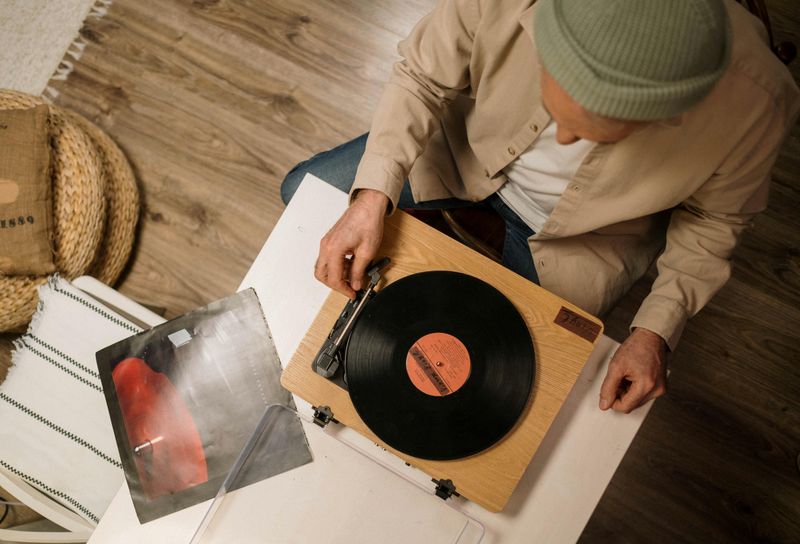
Music wasn’t background noise—it was an experience crafted with care. Boomers remember flipping through stacks of vinyl records, reading liner notes, and gently placing the needle on spinning grooves. Each crackle and pop added character, making listening feel intimate and intentional.
Creating mixtapes took hours: recording songs in perfect order, timing transitions, and decorating the cassette case. Giving someone a mixtape was a heartfelt gesture, a curated collection that said, “I thought of you.”
Streaming services offer millions of songs instantly, but that tactile connection—holding an album, carefully selecting tracks, and savoring the ritual of playing music—has disappeared. For boomers, music was something you engaged with fully, not just something playing in the background while multitasking.

Comments
Loading…